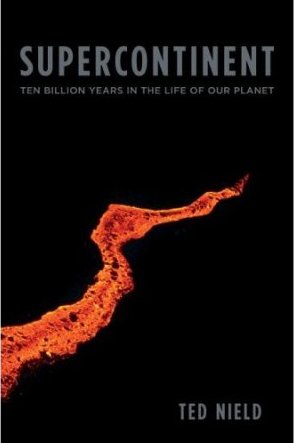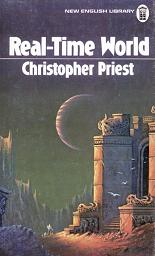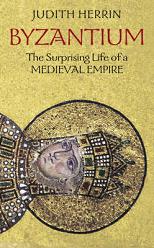
Supercontinent
Ted Nield
288 pages, including index
Published in 2007
I’ve read other good books on geology and the history of the Earth, notably Richard Fortey’s books, but this is the best one volume introduction to the idea of continental drift and the underlying dynamics driving it that I’ve seen. Nield is very good at explaining difficult concepts to a lay reader without simplifying them into incoherence. I took a gamble on Supercontinent when I saw it in the Amsterdam library just because Nield chose to introduce his subject with a short science fiction story about what would be left of us if aliens visited Earth 200 million years from now, when our current continents have all recombined again to form one Supercontinent. A catchy way to get my attention and fully justified by the rest of the book.
Supercontinent is both about the geological history of Earth as expressed through the ways continents have drifted apart, collided and fused together and broken up again and the history of the intellectual discovery of this history. As you might expect from the relative shortness of this book, barely 270 pages not counting index and notes, Nield provides only a broad overview, but he has an eye for the telling detail and manages to pack a lot of explanation into few words. For example, below is how he explains the recurring opening and closing of the “Atlantic Ocean” in the process called introversion and how this leaves parts of mountain chains on different sides of the ocean:
In other words, oceans can open and close, like a carpenter’s vice, more than once. Imagine that you open a vice, put the carpenter’s lunch (cold lasagne) into it and squeeze it tight. The lunch will ooze out and up, forming a mountain chain, which we shall call the Lasagnides. You then leave it until the lasagne has gone hard before opening the vice again. By now agents of erosion — mice — have scoured the once mighty Lasagnides back to bench level; but their roots, within the vice itself, remain. If you now reopen the vice to start the process again, some of hose olde Lasagnide remnants will stick to one jaw and some to the other/ but the vice reopens along the same basic line. That is how you get some parts of the same mountain chain in Europe and others in America.

